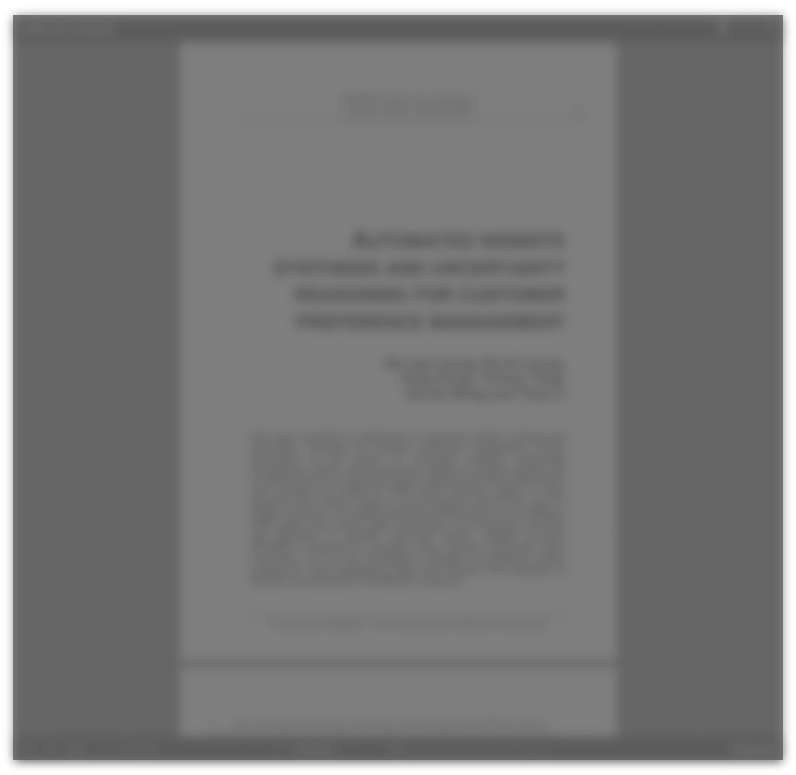Abstract:
In retail management a distinction is made between controllable tools of adaptation (e.g., price, personal selling, channels of distribution, and location) and non-controllable environmental aspects (e.g., demand, competition, structure of distribution, marketing law, and non-marketing cost). In the present paper, it is the second category, the so-called non-controllables of the retailing system, that will get primary attention. In 1974 there was developed within the Netherlands Economic Institute a shopping model describing demand, structure of distribution and government intervention. Since then, the model has been operationalized, and it is now being used to examine the environmental effects of a new (MAXIS) hypermarket. The study, which represents a major research project, is based on investigation carried out before and after the opening of the new MAXIS settlement, and will involve the calculation of the effects of the new settlement on the purchasing power directed towards 72 existing shopping centres or shopping strees.







